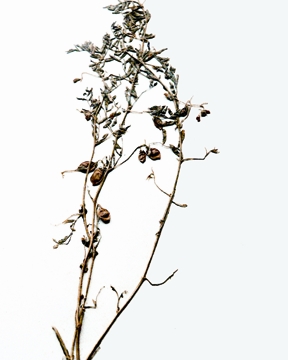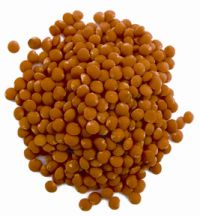Lentil

Lentil (masur) a pulse crop, Lens culinaris, of family Leguminosae, has been cultivated since ancient times in Egypt, southern Europe and western Asia. From these areas, it spread northwards to Europe, eastwards to India, and to China. It can be grown on a wide range of soils, from light loams to black cotton soils, and can tolerate moderate alkalinity.
Lentil is the most popular pulse crop. It constitutes one of the main items in the daily diet of a vast majority of the people of Bangladesh. It is grown as a winter crop. It cannot tolerate extreme cold or hot climates. This crop has some level of drought tolerance but it is highly susceptible to waterlogging. Grain yield is about 680 kg/ ha. Lentil is cultuivated in about 508000 acres of land and the annual production is about 170,000 m tons.

Masur is an annual herb, erect in growth, freely branched, and has slender stems. Its height is 25-40 cm. Leaves are pinnate and terminated by a bristle or tendril. Stipules are linear, stipels absent; leaflets are opposite or alternate, in 4-7 pairs, sessile, lanceolate, and about 1.3 cm long. Inflorescence are auxiliary, 1-4 flowered with slender; peduncle. Flowers are small and up to 8 mm long. Pods are oblong, compressed, smooth, broad, rarely more than 1.3 cm long, 1-2 seeded. Seeds are lens-shaped, biconvex, small, and grey to red light in colour. Although it is usually self-fertilized, cross-fertilisation can occur. Germination of seeds is hypogeal. Major diseases are rust, foot rot, wilt and stemphylium blight. Split seeds (dal) are used in soups. The whole seed contains about 11.2% water, 25% protein, 1% fat, 55.8% carbohydrate, 3.7% fibre and 3.3% ash. Flour from the ground seed is used mixed with cereals in cakes. It is also used as invalid and infant food. [Nishit Kumar Paul]
